Pre-made, adaptable, or custom eLearning, which is best for our organization?
As an organization looking to offer new learning opportunities to staff, members or other stakeholders, you’re bound to come to the crossroads where you consider your options for course development – 1) pre-made, out-of-the-box courseware, 2) customizable courseware and 3) custom courseware.
With the increase in demand for virtual learning offerings across industries, eLearning development and Learning Management System technologies have become more and more accessible and affordable. There are quite a vast amount of existing pre-made courses that you can access today that are offered by companies like Coursera or LinkedIn Learning. Or, you might want customizable courseware, like the kind Velsoft offers, where you get an LMS and pre-made content that can be adapted by your internal instructional designers or trainers. The increase in demand for eLearning has also created more options when it comes to outsourcing or hiring for custom eLearning development. For this reason, organizations have the ability to develop their own intellectual property – a compelling option for those organizations who might have a strategic agenda for their eLearning beyond training. A custom approach to eLearning design and development is one that can be 100% tailored to your organization, your learner and learning objectives. If you aren’t sure which road to take, we’re here to shed some light on the benefits of each approach to help in your eLearning decision-making.
Pre-made and adaptable eLearning
This option considers looking externally to your organization to purchase pre-made solutions to help in delivering training, such as courseware and Learning Management Systems to house, deliver, administer, and track the completion of your developed courses.
This option is beneficial if you are limited in your resources, including internal capacity for eLearning development, time available, and financial resources. These solutions are typically user-friendly and provide a host of support resources and tools to navigate these solutions. Pre-made courseware is typically designed with common knowledge and skills in mind, such as learning how to use a particular software or common work-related skills such as accounting, communication, and negotiation, for example. Many organizations that offer pre-made courseware will also offer the option to adapt the content to your organization and needs. In the case of common knowledge and skills, this can work very well. Your team of trainers or instructional designers can integrate your brand into the content visually – while this is possible it’s usually quite limited – and integrate context-relevant examples within the learning content and assessments. These changes are often simple and quick to execute and allow you to provide more customized training.
Some potential challenges when it comes to pre-made and adaptable solutions are that it might not be completely customizable to all of your needs, and sometimes you will require additional negotiation or development with your vendor to determine if you can alter certain aspects of the program’s options to meet your learning vision. This can sometimes take more time than anticipated and may cause potential delays in project timelines. As well, if you do not have the staff to support adapting the content internally, you may need to enlist the services of the supplier. Finally, the greatest downside in purchasing pre-made content or adaptable content is how effective it may be for your learning needs. The more attention is placed in designing a learning experience with the latest research, for a particular learner profile(s) – their context, motivations, resources, jobs-to-be-done and more – the more compelling it can be.
Custom eLearning
Another approach is to create a custom eLearning solution in-house with the help of external eLearning developers. This involves identifying a learning need and going through the creative and collaborative learning design process to define the course you wish to create. In this case, depending on your specific goals and needs, you will likely:
Engage in learning design to develop a knowledge map and learning experience plan
Procure or develop learning management system, content management system or program management system or creatively use another tool to distribute your content
Develop multimedia educational content including instructional content such as text, graphic, audio, video, and interactive content
Develop activities and assessments aligned to your learning objectives
Develop a distribution or go-to-market strategy depending on whether the goal of your eLearning will be to generate revenue or made freely available
With custom eLearning development, you have the ability to differentiate your value as much as possible and design elements tailored to your organization’s goals, capacity and intended learners.
Custom eLearning is most beneficial when
you want to use a modern approach you want to teaching and learning
you want to design with a specific learner in mind
the content is on an emerging topic or based on new research to mobilize
you want to own the intellectual property
you want to create a unique and differentiated learning solution
you want to offer higher quality multimedia content
you want to be a part of the process – collaborating, learning, and guiding a shared vision
you think about eLearning as important opportunity to propel your brand, mission and vision
It can be helpful to keep in mind that you can always gain inspiration from other existing solutions, latest practices, and findings that can inform your customized approach. You also have the freedom and flexibility to use modern learning strategies, embed high-quality video production that feature your own experts, sponsors, members, or other stakeholder.
Additional resources to help you in your eLearning development journey include discovering the Digital Learning Development eLearning services that we offer at Pure & Applied, along with exploring our blog posts on diverse relevant topics of eLearning.


